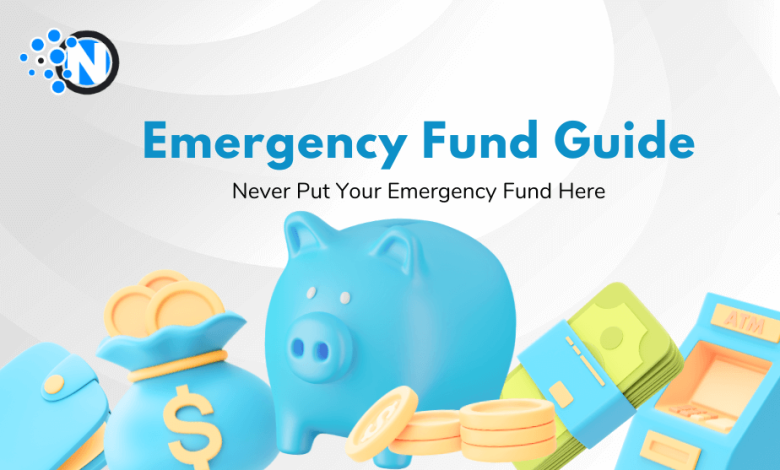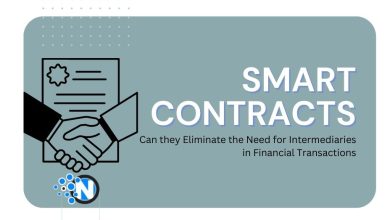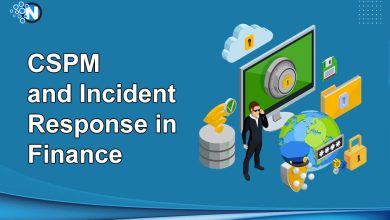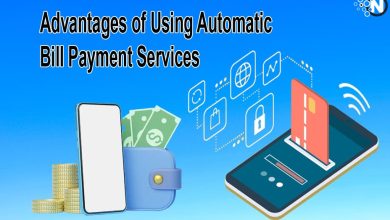Never Put Your Emergency Fund Here

The spot where you store your emergency savings is incredibly important.
Picking the wrong spot could lead to some serious financial missteps. From losing track of your savings to spending them, and even being penalized for using them, these are just some of the issues that can stem from choosing the wrong place to store your savings.
Keep reading to find out where you should never put your emergency fund.
In “Piggybank”
You should never put your emergency fund in a “piggybank”, whether this means a glass mason jar, an envelope, or a shoebox. These are not secure locations to store large sums of cash.
Why? If someone burgles your home, they could easily grab your container full of savings and do away with them, you’ll have no way to track the funds that they’ve spent or get them back. A bank account will offer more security and more methods of tracking and stopping theft.
You may not be worried about theft committed by a complete stranger. But, what about someone who’s not a stranger at all? That’s right, you are the one who’s most likely to grab bills from this pile of cash and diminish your safety net.
To be honest, a big jar of bills and coins can be hard to ignore when your wallet is empty. You might be tempted to pilfer these savings to go on a shopping spree. Or, what’s more likely, you might skim off the top, taking just a few dollars here and a few dollars there. Next thing you know, you have no more savings left in your jar.
This is why it’s better to have your emergency fund in a bank account! A bank account makes it a little harder to see your savings and access them, so you won’t be tempted to make withdrawals when you don’t need to. You won’t sabotage your own savings goals.

In Your Checking Account
Your emergency savings shouldn’t be lumped in with the money sitting in your checking account. By merging your paycheck deposits and your savings together, you’ll struggle to tell them apart. Once you lose track of your savings, you can make the mistake of spending them on non-emergency expenses, like your mortgage payments/rent payments, your insurance premiums, and your groceries.
You’ll want to divide your money by these two purposes:
- Your spending for the immediate future (checking account)
- Your saving for the potential future (savings account).
Keeping these two goals separate shelters your savings from your everyday spending.
In a Certificate of Deposit
A Certificate of Deposit (CD) may seem like an excellent place to store your emergency fund because it is an effective interest-bearing savings account. After all, you could easily find yourself a CD offering a 5% annual percentage yield (APY), that’s much more than your average savings account, which is often less than 1%.
While a CD offers a lot in terms of compounding interest, it still isn’t a good storage area for your emergency savings. This is because CDs are not meant to be easily accessible.
With a CD, you must essentially lock up a lump sum of savings for a certain period of time to let it accumulate interest. That time period could be as short as six months, or as long as five years, depending on the account terms you choose.
Once you agree to that length of time, your savings get put away. You’re not supposed to make a withdrawal until the chosen term is up and your account has officially reached its maturity date. If you do try to make a withdrawal, you will be charged an early withdrawal penalty.
Your emergency fund should be accessible at any time, without consequence. There’s no telling when an emergency expense will strike, and you’ll need to make a withdrawal from your pool of savings. So, stashing those savings in an account that’s sealed for a long period of time is not the best idea.
If you ever make the mistake of putting your emergency fund in a CD, you have two options. You could make a withdrawal before the maturity date and suffer the consequence of an early withdrawal penalty—the size of this penalty will depend on factors like the account’s term length and how close you are to the maturity date.
In some cases, the fine will be negligible. In fact, some people purposefully break CDs if they find an account offering better returns. They know their compounding interest will cover the initial cost of withdrawing early.
However, sometimes, the penalty is too steep to justify withdrawing early. If you don’t want to pay that fine, you can look into a different payment method for your emergency expenses.
One different payment method you could consider is a personal line of credit. A line of credit is one of the most common types of online personal loans available to eligible borrowers. As long as you meet all the requirements, you can complete and submit your application for a line of credit online. Your application could get approved, giving you access to some temporary funds to handle an emergency.
Many people rely on a line of credit as a safety net whenever they can’t access savings — whether it’s because they accidentally locked them away in a termed account, or they don’t have enough money in an emergency fund to cover an unexpected expense. In either case, a line of credit may provide a convenient backup when you can’t access savings.
Choose Your Emergency Fund Wisely
As you learned today, you can’t just store your emergency fund anywhere. If you choose wrong, you may not have access to the funds you need in an emergency.
To be prepared for anything, your emergency fund needs to be in a bank account where it is separate, secure, and easy to access at a moment’s notice. Shop around for high-yield savings accounts to find an account that fits this description, you’ll get the bonus of earning a high interest rate on your deposits.




